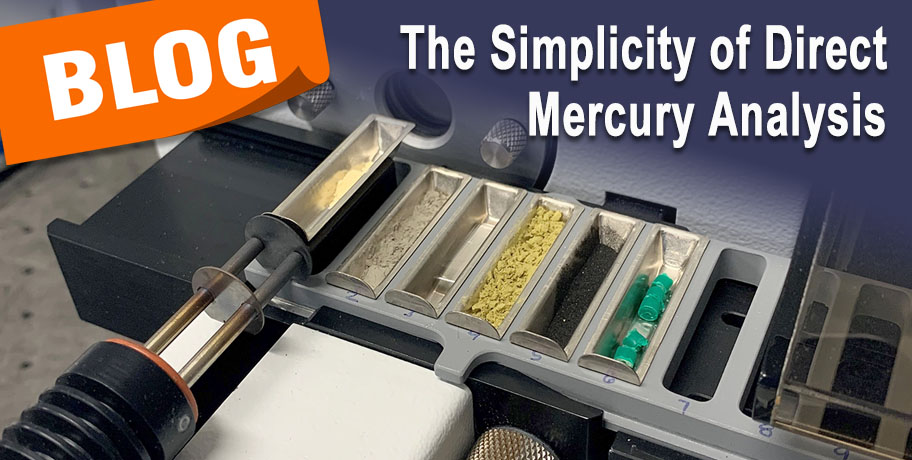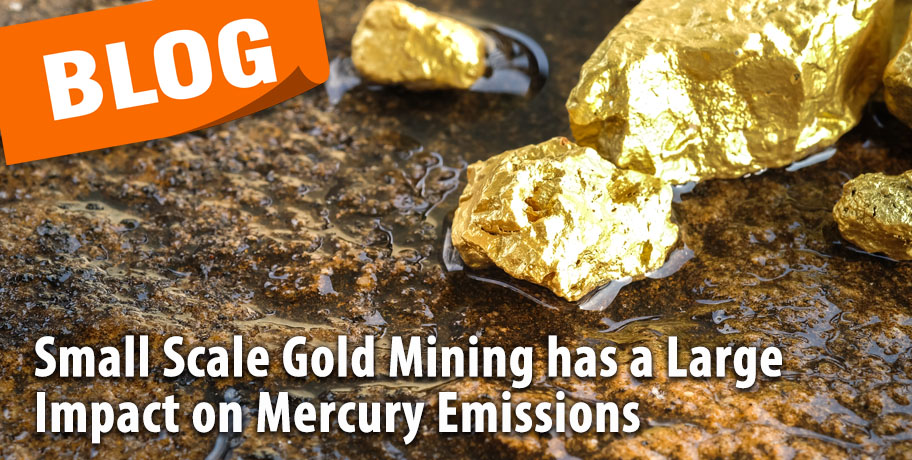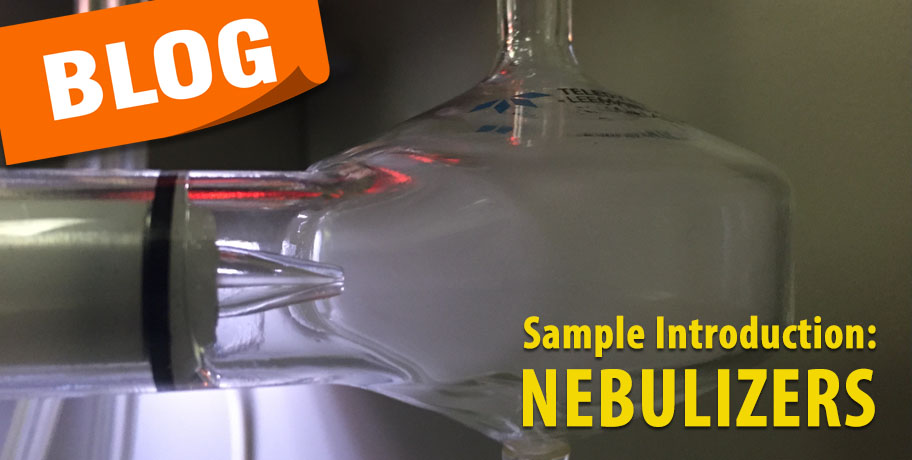Direct Analysis by Thermal Decomposition
Direct mercury analysis is a well-established analytical technique for mercury determination used by the academic, biological, clinical, environmental, food, and industrial communities that has been approved by organizations such as the EPA in Method 7473 and the ASTM in Methods D6722 and D7623. This analysis employs the technique of thermal decomposition (sample combustion), mercury concentration via gold amalgamation, and detection by cold vapor atomic absorption. The biggest advantage of direct mercury analysis is no sample preparation or chemical reduction is required. The total mercury is released as a vapor when the sample is combusted. Advantages of thermal decomposition include:
Read More









